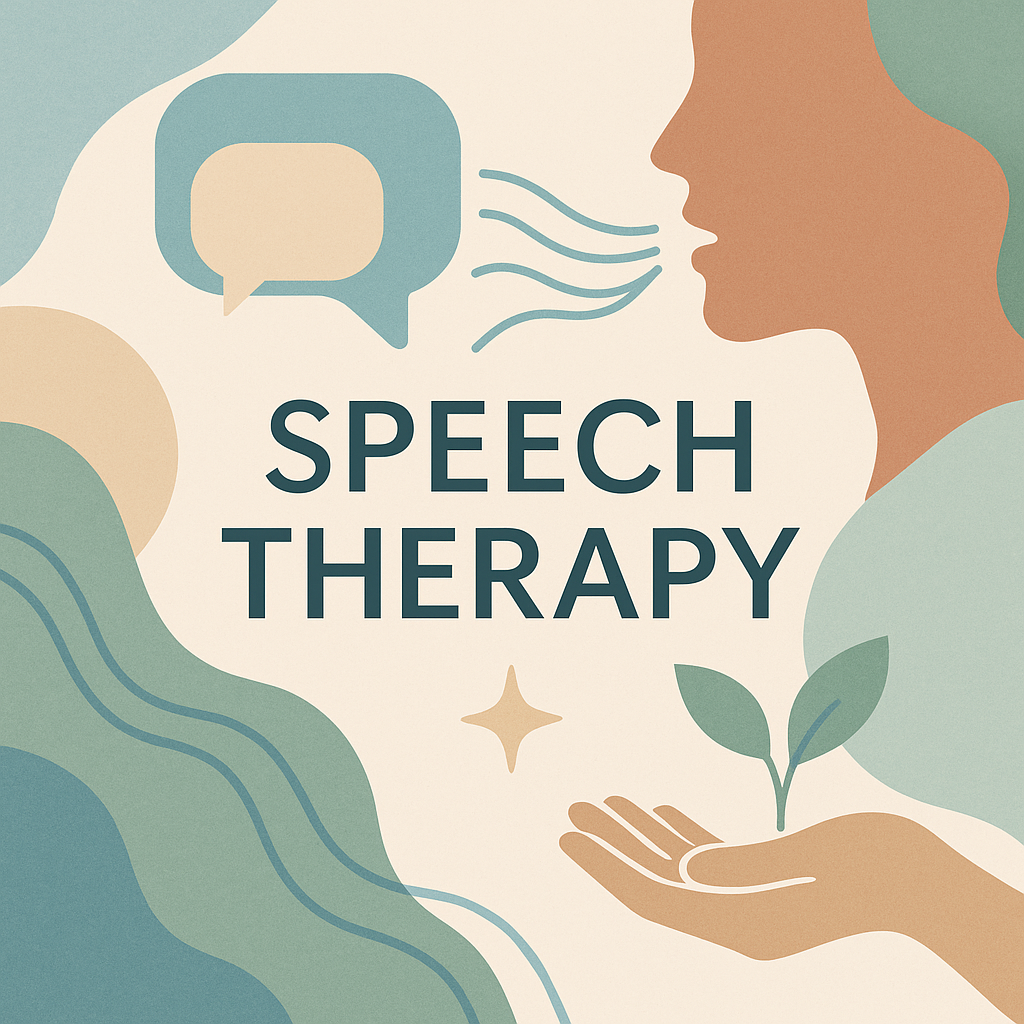
Therapy that meets you where you are—literally and emotionally.
At H3 Therapy, real progress happens in real-life settings. Whether we meet on the playground, in your home, or in the grocery store, our sessions are designed for everyday success.
Your journey starts with a free phone call and a no-cost first session—all so we can understand your needs and design a plan that feels right for you.
Because here, we don’t just treat symptoms—we build communication, confidence, and connection where it matters most.
Step 1
A casual, supportive call to get to know each other. You’ll share a bit about what brought you here, and we’ll talk through how we can help. We’ll also answer any questions you might have—no pressure, just support.
Step 2
Our first meeting is about building trust and gaining insight. We'll observe, interact, and gather a complete picture of strengths, challenges, and needs. This session isn’t rushed or clinical—it’s connection-focused.
Step 3
After our first meeting, you'll receive a thoughtful, easy-to-understand write-up. It includes observed strengths, areas to support, and potential routes for therapy tailored to your specific goals.
Services
-
These involve producing the sound correctly.
Articulation Disorder – Difficulty making specific sounds (e.g., saying "wabbit" instead of "rabbit").
Phonological Disorder – Patterns of sound errors (e.g., always dropping the final consonant in words like "cat" → "ca").
Childhood Apraxia of Speech (CAS) – Difficulty planning and coordinating the movements needed for speech, making speech inconsistent and difficult to understand.
-
Difficulty using communication appropriately in social situations.
Autism Spectrum Disorder (ASD) – Challenges with understanding nonverbal cues, taking turns in conversation, or using appropriate language in different settings.
Pragmatic Language Disorder – Difficulty knowing what to say, how to say it, and when to say it in social situations.
-
Difficulty understanding or using spoken or written language.
Receptive Language Disorder – Trouble understanding what others are saying (e.g., struggling to follow directions).
Expressive Language Disorder – Difficulty using words to express thoughts clearly (e.g., struggling to form sentences).
Mixed Receptive-Expressive Language Disorder – Trouble both understanding and expressing language.
Aphasia – Loss of language skills due to a stroke or brain injury, making it hard to speak, understand, read, or write.
-
These affect the rhythm and flow of speech.
Stuttering – Repetitions (b-b-ball), prolongations (ssssnake), or blocks (stopping mid-word) that make speaking difficult.
Cluttering – Fast, jumbled speech that may leave out sounds or syllables, making speech hard to understand.
-
Difficulty with thinking skills that affect communication.
Traumatic Brain Injury (TBI) – Damage to the brain that causes memory, attention, or problem-solving difficulties that affect communication.
Dementia – Progressive loss of memory and thinking skills, affecting the ability to hold conversations and recall words.
Executive Function Disorder – Difficulty organizing thoughts, planning, or remembering things in daily life.
-
Helping individuals who cannot use speech effectively.
Use of AAC Devices – Teaching individuals to communicate using speech-generating devices, picture boards, or sign language.
PECS (Picture Exchange Communication System) – A system that helps nonverbal individuals use pictures to communicate.
-
These involve problems with pitch, loudness, or quality of the voice.
Vocal Nodules/Polyps – Growths on the vocal cords from overuse or strain, causing a hoarse voice.
Paradoxical Vocal Fold Movement (PVFM) – Vocal cords closing when they shouldn’t, making breathing or speaking difficult.
Hypernasality – Too much air escaping through the nose while speaking (e.g., after cleft palate repair).
Hypo-nasality – Too little air coming through the nose, making the voice sound stuffed up (like when you have a cold).
-
Problems swallowing food, liquids, or saliva safely.
Oral Dysphagia – Difficulty chewing or moving food around the mouth properly.
Pharyngeal Dysphagia – Difficulty swallowing safely due to problems with the throat muscles, which can lead to choking or aspiration.
Esophageal Dysphagia – Food getting stuck in the esophagus or trouble moving food to the stomach.
-
Problems with hearing and processing sounds.
Central Auditory Processing Disorder (CAPD) – Difficulty understanding speech in noisy environments, even with normal hearing.
Hearing Loss Rehabilitation – Helping individuals with hearing aids or cochlear implants improve speech and listening skills.
Auditory-Verbal Therapy – Teaching children with hearing loss to listen and speak without relying on sign language.
-
Item description

The H3 Method
Hear — Identify and acknowledge the challenge.
We begin by truly listening—to the individual, their needs, and the patterns beneath the surface.
Heal — Create a plan and provide tools that meet the person where they are.
Through personalized strategies and evidence-based support, we guide progress with care and clarity.
Harness — Put those tools into action and move forward with confidence.
This is where the person applies their growth to owning their communication and thriving in real life.
Contact Us
Interested in working together? Fill out some info and we will be in touch shortly. We can’t wait to hear from you!